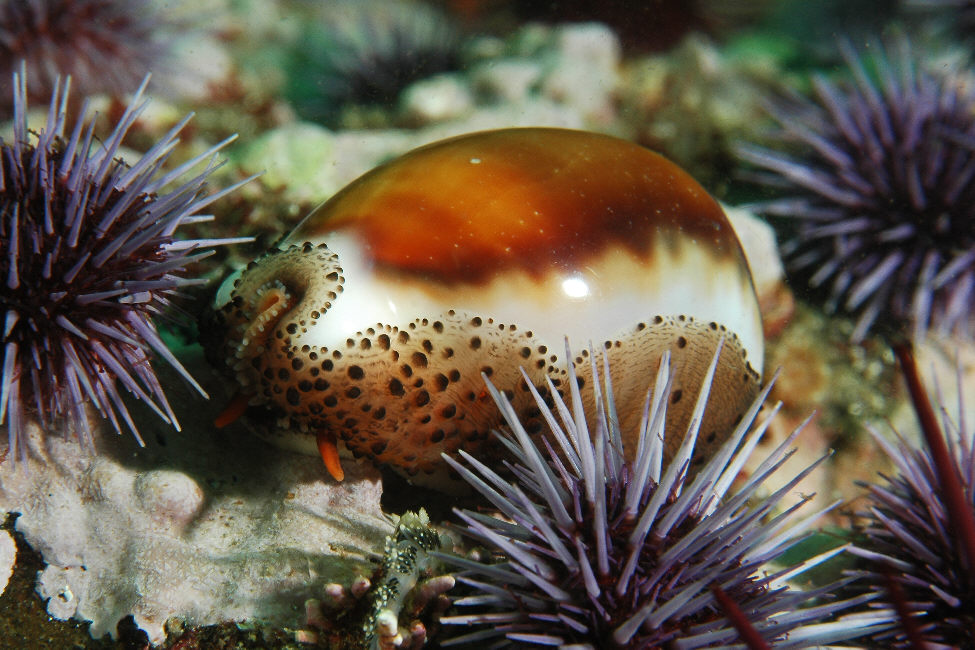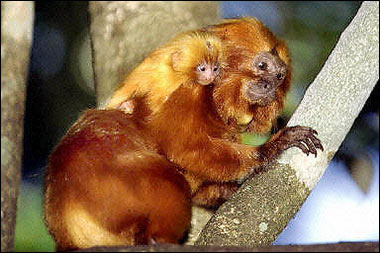Christmas Island Red Crabs - video powered by Metacafe If you've heard of Christmas Island (an island in the Indian Ocean and part of Australia) where the climate is tropical and seems like a rainforest, then you've probably heard about the millions of land crabs that live there. Of the 14 species of land crabs on Christmas Island, the most noticeable is the red crab. Not all red crabs are red. There are the occasional orange ones and the rare purple crabs. An adult shell can grow to 11.6 cm (4.5 inches) across. Their claws are usually about the same size, although females have smaller claws than males. From claw tip to claw tip, these guys are about the size of a dinner plate.
If you've heard of Christmas Island (an island in the Indian Ocean and part of Australia) where the climate is tropical and seems like a rainforest, then you've probably heard about the millions of land crabs that live there. Of the 14 species of land crabs on Christmas Island, the most noticeable is the red crab. Not all red crabs are red. There are the occasional orange ones and the rare purple crabs. An adult shell can grow to 11.6 cm (4.5 inches) across. Their claws are usually about the same size, although females have smaller claws than males. From claw tip to claw tip, these guys are about the size of a dinner plate.If you have a fear of being surrounded by small animals like spiders or rats, Christmas Island in December is the place to overcome this fear. At the first rains of the wet season in December, about 120 million crabs come out of hiding and start heading towards the ocean. To get there, they have to pass through town, across roads, through jungles and down a cliff. People find crabs all over their lawns, on their driveways and even in their houses.
The crabs that survive the week long trip to the ocean dip themselves in the water and then head into the closest woods where they will mate with females. After mating, the females hang out in the woods for two weeks while the males make the same journey back to the forest. Two weeks later the females lay about 100,000 eggs each, in the water. After a month, baby crabs about the size of a fingernail come out of the water and start the same journey their parents made through town and into the forest.
crabs that survive the week long trip to the ocean dip themselves in the water and then head into the closest woods where they will mate with females. After mating, the females hang out in the woods for two weeks while the males make the same journey back to the forest. Two weeks later the females lay about 100,000 eggs each, in the water. After a month, baby crabs about the size of a fingernail come out of the water and start the same journey their parents made through town and into the forest.
There are so many baby crabs making the tripback to the forest, they look like a giant red blanket, except the blanket is moving quickly. The crabs travel more than 300 feet an hour trying to prevent dehydration in the scorching sun. Locals help them out by scooping up buckets full of crabs from roads and blocked drains. By sundown most of the babies have completed the treacherous journey. Three to four years later the crabs join the mass migration and ke ep doing it for the rest of their lives, about 10 years.
ep doing it for the rest of their lives, about 10 years.
If you're a local, millions of crabs on your lawn, in your house and covering the roads wouldn't make you blink an eye. It's just something that happens every year. Surprisingly none of the Christmas Island residents want to get rid of the crabs. They actually consider it a privilege to witness or assist this great natural event. You might also think people would put a few in a pot for dinner. Not so. Red crabs aren't the kind of crabs you get at a seafood restaurant. Their meat are made up of 96% water and aren't edible.
Even if you can't eat them, it's definitely worth dropping by Christmas Island in December or January to watch a blanket of Red crabs migrate to the ocean and back - just be sure to wear boots.
 The golden cowrie is a marine snail named for its brilliant orange shell. It is among the largest of the world's 250 known cowrie species, reaching four inches (ten centimeters) in length.
The golden cowrie is a marine snail named for its brilliant orange shell. It is among the largest of the world's 250 known cowrie species, reaching four inches (ten centimeters) in length.


























